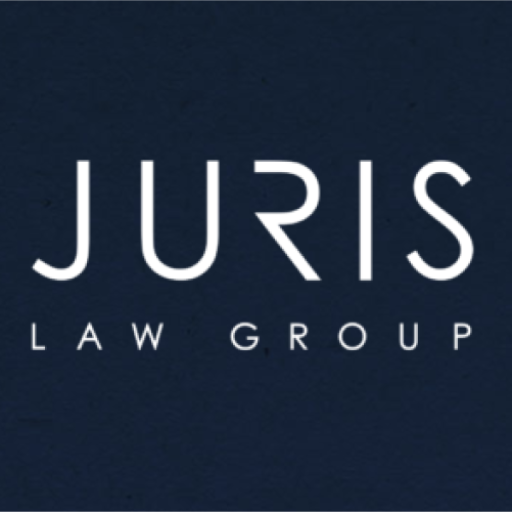
The FDA has launched a major crackdown on misleading pharmaceutical advertising, sending roughly 100 cease-and-desist letters and thousands of warning letters to drug companies. This marks a sharp shift from years of relatively limited enforcement and signals the agency’s intent to hold advertisers accountable for deceptive marketing practices.
Why is the FDA cracking down on deceptive ads now?
The FDA has faced growing criticism for being too lenient on direct-to-consumer advertising. Drug ads often highlight benefits while glossing over serious risks. Consumer groups, lawmakers, and physicians argued that lax enforcement left patients vulnerable to misinformation.
By issuing an unprecedented wave of letters, the FDA is signaling that the era of light-touch oversight is over. Regulators are under pressure to restore credibility by actively policing ads across TV, print, and digital platforms.
Was FDA enforcement really declining before?
Yes. Advertising-related enforcement dropped significantly:
- 2023: The Office of Prescription Drug Promotion (OPDP) issued only five letters (one warning, four untitled).
- 2024: Just one untitled letter was posted in Q4.
While the FDA continued issuing 180–190 warning letters annually for other violations (manufacturing, quality, labeling), direct advertising oversight was notably lax. The sudden jump to 100 cease-and-desist letters in 2025 represents a dramatic policy reversal.
Which companies have already been flagged in 2025?
The FDA has already named several pharmaceutical companies in this year’s actions, highlighting how varied the risks can be:
Edenbridge Pharmaceuticals (Hemady®)
Received an untitled letter for a booth panel that emphasized convenience but omitted risk information and relied on a flawed adherence study.
Lesson: Marketing claims must be backed by robust, peer-reviewed data, and risk disclosures must appear alongside benefits.
Taiho Oncology (Lytgobi®)
Cited for showing survival graphs from a single-arm study without comparators, misleadingly suggesting efficacy.
Lesson: Do not overstate results from limited or non-comparative trials.
Mayne Pharma (Nextstellis)
Issued an untitled letter after a promotional speaker deck downplayed black-box warnings and implied superior safety. The company later corrected the issue, earning a close-out letter.
Lesson: Black-box warnings and high-risk disclosures can never be minimized in promotional materials.
Sprout Pharmaceuticals (Addyi)
Received a formal warning letter for social media ads that omitted major risk information and misbranded the product as a “Sex Pill for Women.”
Lesson: Social media promotions must include the same disclosures as traditional advertising, and required FDA filings (Form 2253) must be made before dissemination.
These examples demonstrate that the FDA is scrutinizing everything from trade show materials to influencer-style social media posts. You can view the agency’s official database of FDA Warning and Untitled Letters for the most recent enforcement actions.
What do these enforcement letters actually mean?
Many news outlets use “letters” generically, but there’s a key legal distinction:
- Cease-and-desist letters demand immediate halting of the ad and signal an aggressive posture.
- Warning letters identify violations and give the company a chance to correct them voluntarily.
Failure to comply can escalate to monetary penalties, product seizures, or even Department of Justice involvement. Similar to how companies face Proposition 65 Notices of Violation in California, these FDA letters carry real legal weight.
Digital and influencer marketing
Most enforcement coverage focuses on TV ads, but social media is a bigger risk. Influencers who minimize risks or fail to disclose financial ties can trigger FDA action, and these new letters suggest online content is firmly within the agency’s scope.
Ambiguity around AI surveillance
The FDA has mentioned “modernizing” oversight, but there’s no evidence AI is currently monitoring ads. Companies should expect traditional review for now but prepare for future automated monitoring of digital promotions.
What should companies do now?
This enforcement wave underscores the importance of proactive compliance. Practical steps include:
- Conducting legal pre-clearance reviews of all ad campaigns before launch.
- Updating influencer and marketing agreements to include FDA-compliant disclosure obligations.
- Maintaining written, scientific support for every efficacy or safety claim.
- Training marketing and compliance teams on evolving FDA expectations.
- Monitoring digital and social media channels as carefully as broadcast media.
At Juris Law Group, we advise pharmaceutical and consumer brands on how to design advertising strategies that minimize legal risk while staying competitive.
How will this affect consumers?
For consumers, the FDA’s action could mean clearer and more balanced drug advertisements. Ads will likely feature more explicit warnings about risks and fewer exaggerated claims. The goal is to restore trust in pharmaceutical marketing and ensure patients make informed choices.
FAQs
What’s the difference between a cease-and-desist letter and a warning letter?
Cease-and-desist requires immediate halt. Warning letters require correction but allow compliance steps.
Are influencer ads included?
Yes. The FDA is monitoring social media and influencer campaigns, especially those lacking proper disclosures.
Can the FDA ban pharma advertising?
No. Courts have blocked outright bans, so the agency is tightening disclosure rules instead.
What’s happening to the “adequate provision” rule?
Regulators are pushing to require risk disclosures directly in ads, not just via websites.
Final Takeaway
After years of minimal advertising enforcement, the FDA has shifted gears. By issuing about one hundred cease-and-desist letters in 2025, the agency is sending a strong message: deceptive pharmaceutical advertising will face swift and aggressive regulatory action. Companies that fail to adapt now risk being next.





